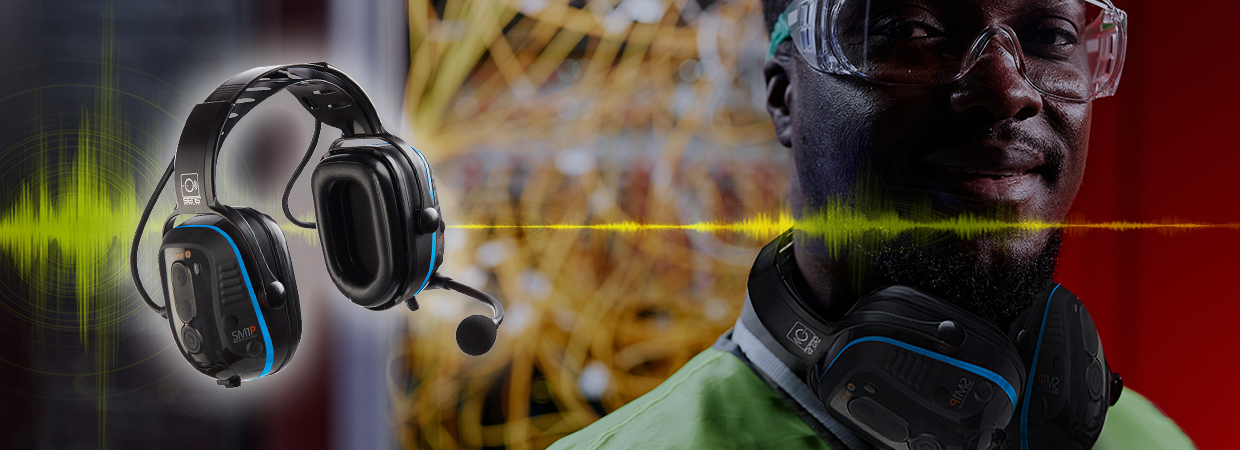- Home
- Blog
- Noise-Induced Hearing Loss
- The Harmful Sounds of Data Centers

According to the National Institute for Occupational Safety and Health (NIOSH), the annual financial impact to employers due to worker's compensation cases for employee hearing loss on the job is estimated to be $242 million. In fact, hearing loss is the most common work-related injury in the United States. Approximately 22 million workers are exposed to harmful noises daily on the job. Data centers are particularly noisy places, with the average noise level reaching up to 92 dB(A) around server areas, and within the server racks, noise levels can reach up to 96 dB(A). In all cases where noise levels exceed 85 dB(A) for more than 8 hours, it is well documented the impact that insufficient hearing protection can have on employees’ long-term hearing quality.
When it comes to noise, there are three main types of noise frequencies that can cause noise-induced hearing loss, which include broadband noise, impulse noise, and tonal noise. Within data centers, broadband noise and tonal noise are typically the main concerns. Broadband noise (also called wideband noise) is "noise whose sound energy is distributed over a wide section of the audible range" (Acoustic Glossary: Sound and Vibration Terms and Definitions). Broadband noise can be anything from speech frequencies to loud machinery frequencies, where the noise has random or broad patterns. Tonal noise (otherwise known as discrete frequency noise) is flat noise that occurs at a single frequency. Tonal noises include blades, fans, or other moving parts that rotate or vibrate and are the most common type of harmful noise within data centers.
Inside data centers, there are high-velocity fans cooling down IT equipment and HVAC systems that generate a tonal "whoosh" noise (the sound of fans running and the humming of power supplies). Because systems within data centers vary from large to small, these noise levels can vary. As the systems become more concentrated and denser and additional servers are added, more sophisticated equipment is required to cool the systems. Constant exposure to these noises should be an area of concern. Here is a video from Cisco that goes more in-depth into the sounds of a data center:
How Does Sensear Improve Safety & Communication?
When choosing a noise-canceling headset, hearing protection is key, but communication and environmental awareness should also be taken into consideration. Many devices do an excellent job of dampening noise but struggle with separating speech and environmental conditions that are essential to worker safety. When trying to decide on the right hearing protection for your workers, evaluate the following:
- Does it suppress and limit workplace noise to acceptable OSHA levels of 82 dB(A)?
- Does it allow clear and effective face-to-face communication in high noise?
- Does it provide 360° situational awareness of peripheral surroundings to promote workplace safety?
Optimum noise suppression with full 360° situational awareness and communication is the Sensear advantage. We provide the highest level of noise protection coupled with patented technology that isolates environmental noise from human speech and reduces potential safety hazards. Sensear's innovative SENS® Technology brings low-noise hearing experiences into high-noise data centers.
Communication is critical and hearing loss is cumulative if not prevented. Investing in effective communication solutions with hearing protection is crucial to the well-being of data centers’ most important assets – the employees. Contact us today for a comprehensive needs evaluation and see how Sensear can solve your high-noise communication and safety needs.









